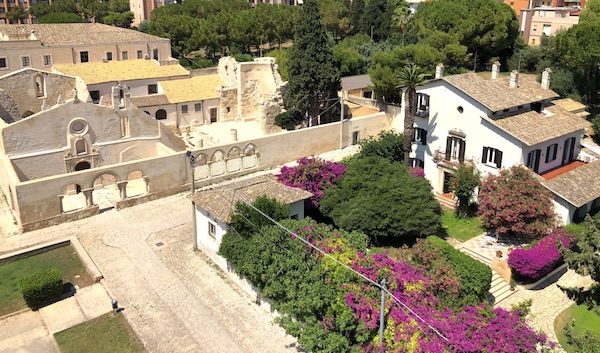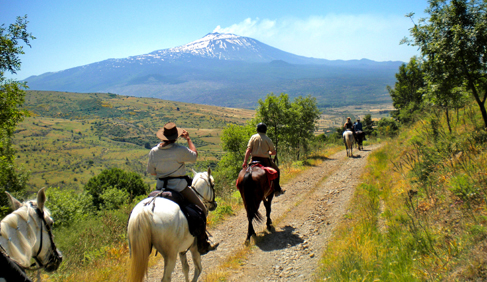
Syracuse, the 18th Century Grand Tour

Syracuse, the 18th Century Grand Tour: a popular and criticized destination
Syracuse at the time of the Grand Tour was a favorite among destinations of Italian art and culture.
At a time when the imperial forums were the place of pasture for sheep and the Parthenon in Athens had been reduced to rubble, the need was born to rediscover places and cities that held immense historical treasures. Monuments completely abandoned and full of weeds, continually defaced by the indifference of the citizens, were rediscovered by young intellectuals and aristocrats from all over Europe.
We are talking about the Grand Tour, the fore-runner of today’s mass tourism. Between the seventeenth and nineteenth centuries, many kilometers were travelled in the name of history, to discover ancient and glorious city; must see was obviously Italy, and above all Sicily.
Reaching the largest island in the Mediterranean was considered a real adventure: the great glories of the past were opposed to the rampant poverty and the safety risks; precisely why Sicily was the most popular destination for enterprising youth.
Syracuse was obviously the main stage of the island; the great past had not been swept away by poverty, pestilence and by the conquerors; however, the monuments, rested in a complete state of abandonment, because the city was once was only limited to the island of Ortigia, while all the surrounding neighborhoods, were little more than pastures and fields. The Capuchin’s Church and the “Santa Lucia outside the walls” Basilica were the only buildings outside of the center.
Due to the lack of reception facilities, travelers used to be accompanied by local famous people. Saverio Landolina, the Bishop Algona and the Count Cesare Gaetani, were some of the famous characters from Syracuse who acted as mentors to young European aristocrats.
Each traveler became, for posterity, a valuable source of information by which to discover the evolution of the most important monuments of Syracuse: writings, recordings, comments and opinions, were left over the years by hundreds of personalities such as Guy de Maupassant and Patrick Brydone August von Platen.
The main monuments visited at the time were those that are still the most admired by tourists today:the greek theater, the Ear of Dionysius, Capuchin and Paradise Stone Quarries, the Jewish bath, the fountain of Arethusa and the Dionysian walls.
Among the most famous and enthusiastic, memoires is that of Guy de Maupassant who remained completely stunned at the sight of the Landolina Venus:
“Penetrating into the museum, I noticed her right at the back of a room, and beautiful just as I had imagined her. No head, missing an arm; but never the human form seemed to me most wonderful and seductive … She is strong, her chest full, powerful hips and legs slightly muscular, Venus is a carnal one, which one imagines lying down as you watch her standing. The fallen used to hide her breasts; with the remaining hand, she raises a drape with which she covers, with lovely gesture, the most mysterious charms…. And the marble is alive. One would want to touch it, with the certainty that it will sell under the hand, just as flesh. »
Many have focused on the contrast between the glorious past and what they saw at the time of the Grand Tour: the total state of neglect of the monuments and the complete disregard of the population towards their city, was the major point of reflection of most travelers.
As proof of this a very valuable text is that written by Jean Houel who visited the temple of Zeus twice. In 1770 the religious building was littered with the remains of columns and capitals, but only two columns were standing. When he returned eight years later, he was shocked by the profound changes that the site had undergone; in this regard he writes:
“… The owners of the field where the ruins of the Temple of Jupiter stand, have completely destroyed both columns both capitals lying overturned on the ground: they crushed and used them to build huts and to ease the plowing of the land. They preferred the small benefit of a few handfuls of corn, rather than the preservation of these ancient ruins, for which they have no respect. »
“Every day we witness distruction of the ancient ruins, the magnificent testimonies of historical truth that allow us to know the grandeur and majesty of the ancient cities of Sicily. »
Not always, however, the impressions of travelers were positive, for example, Brydone writes the following about Syracuse:
“We are completely tired of Syracuse, of all the wretched places we have visited, this is the most miserable: its inhabitants also are extremely poor, many of them are so much so to afflict me, because we are under continual apprehensions …”
Goethe decided not to visit Syracuse due to a plague, but also because of the scarcely enthusiastic descriptions of his colleague Joseph von Riedesel who wrote about it in his “Journey through Sicily and Magna Grecia”, which can be considered an ancestor of the travel blogs online.
Overall, the Grand Tour is proof that Syracuse is a city that does not need much in order to be a world-famous tourist center. No unnecessary extravagance is needed to attract tourists, but simple and clear services that make readily available the use of all the beauties that the city of Arethusa has to offer.
















